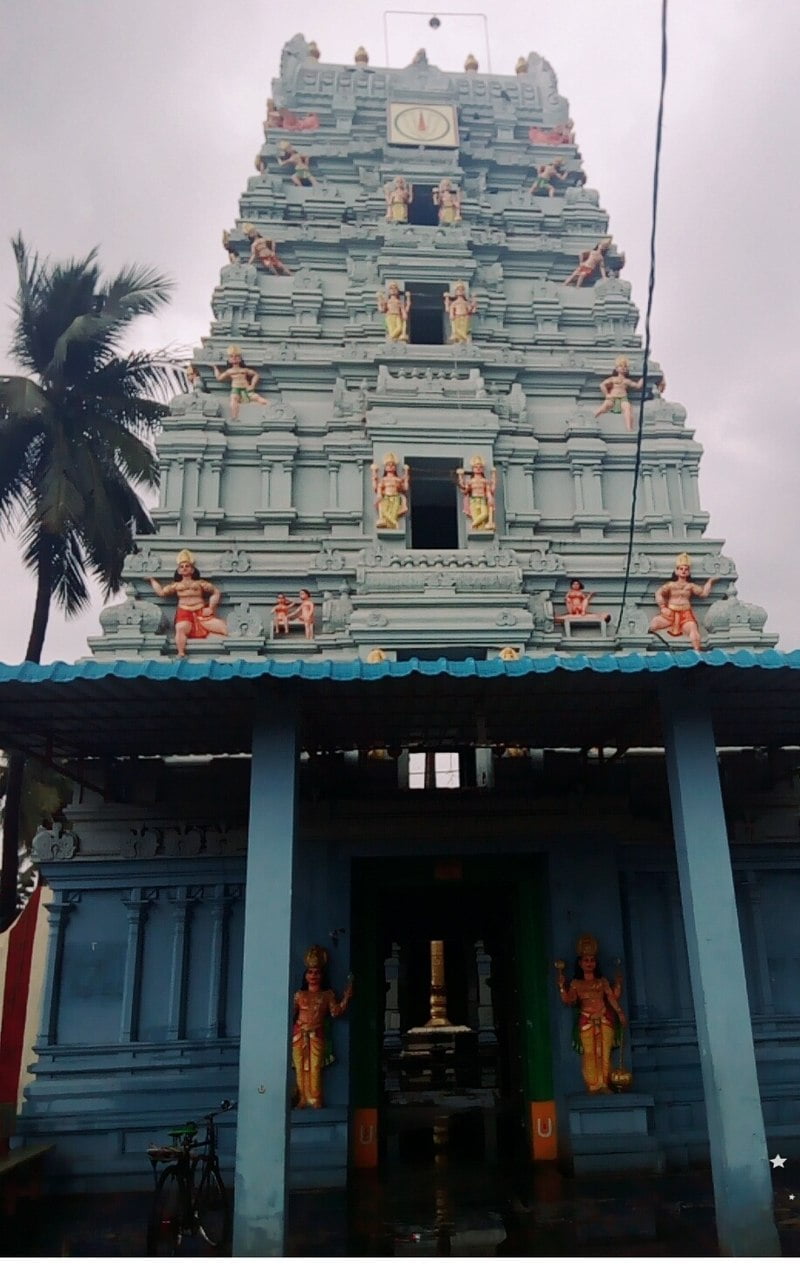The history of the Srikakula Andhra Mahavishnu temple is fascinating
A blend of legend and inscription-backed evidence. Here’s what we know:
- Uncertain Origins: Legends say a King Andhra Vishnu, predating the Satavahana dynasty (2nd century BCE to 3rd century CE), built the temple. However, the specific deity worshipped then remains unknown (https://en.wikipedia.org/wiki/Andhra_Vishnu).
- Early Temple: Evidence suggests the main sanctum existed at least during the Satavahana era. The inscriptions detailing the original deity worshipped during this period are yet to be found.
- Royal Patronage: The temple has seen patronage from various rulers. An inscription from 1132 CE mentions a grant by Velanati Gonda of Chandolu. The Gajapati king of Odisha, Kapilendra Deva, also donated extensively for renovations (https://www.newindianexpress.com/opinions/2022/May/02/a-temple-named-after-an-ancient-region-of-india-2449078.html). The Vijayanagara emperor Krishnadevaraya’s inscription from 1519 is the latest one found.
- Enduring Deity: The temple’s central deity is Andhra Maha Vishnu or Srikakulandhra Maha Vishnu, known for its unique features.
- Possible Decline and Revival: Scholars believe the temple might have faced a period of decline due to Muslim raids. The Challapalli Rajas are credited with reviving the Andhra Mahavishnu temple and restoring worship there.
Overall, the Srikakula Andhra Mahavishnu temple stands as a testament to the enduring Hindu faith in Andhra Pradesh, with its origins likely stretching back centuries and evolving over time.
The exact timeline of the Satavahana kings is a debated topic among historians. Here’s a breakdown of the two main schools of thought:
Earlier Timeline (based on Puranas):
- This theory suggests the Satavahana rule began in the 3rd century BCE and lasted until the 3rd century CE.
Later Timeline (based on Archeological Evidence):
- This is the more widely accepted theory, placing the Satavahana rule from the late 2nd century BCE to the early 3rd century CE.
Here’s why the later timeline is favored:
- Puranic inconsistencies: Puranas, ancient Indian texts, mention the Satavahanas but lack concrete dates corroborated by archaeological evidence.
- Numismatic and inscriptional evidence: Coins and inscriptions from the Satavahana period point to a later starting point.
So, while there’s no definitive answer, the later timeline (late 2nd BCE to early 3rd CE) is more likely based on available evidence, the Andhra Mahavishnu temple might have been constructed around this time.
Image credit
https://commons.wikimedia.org/w/index.php?title=User:Muppavarapu_Navya&action=edit&redlink=1

